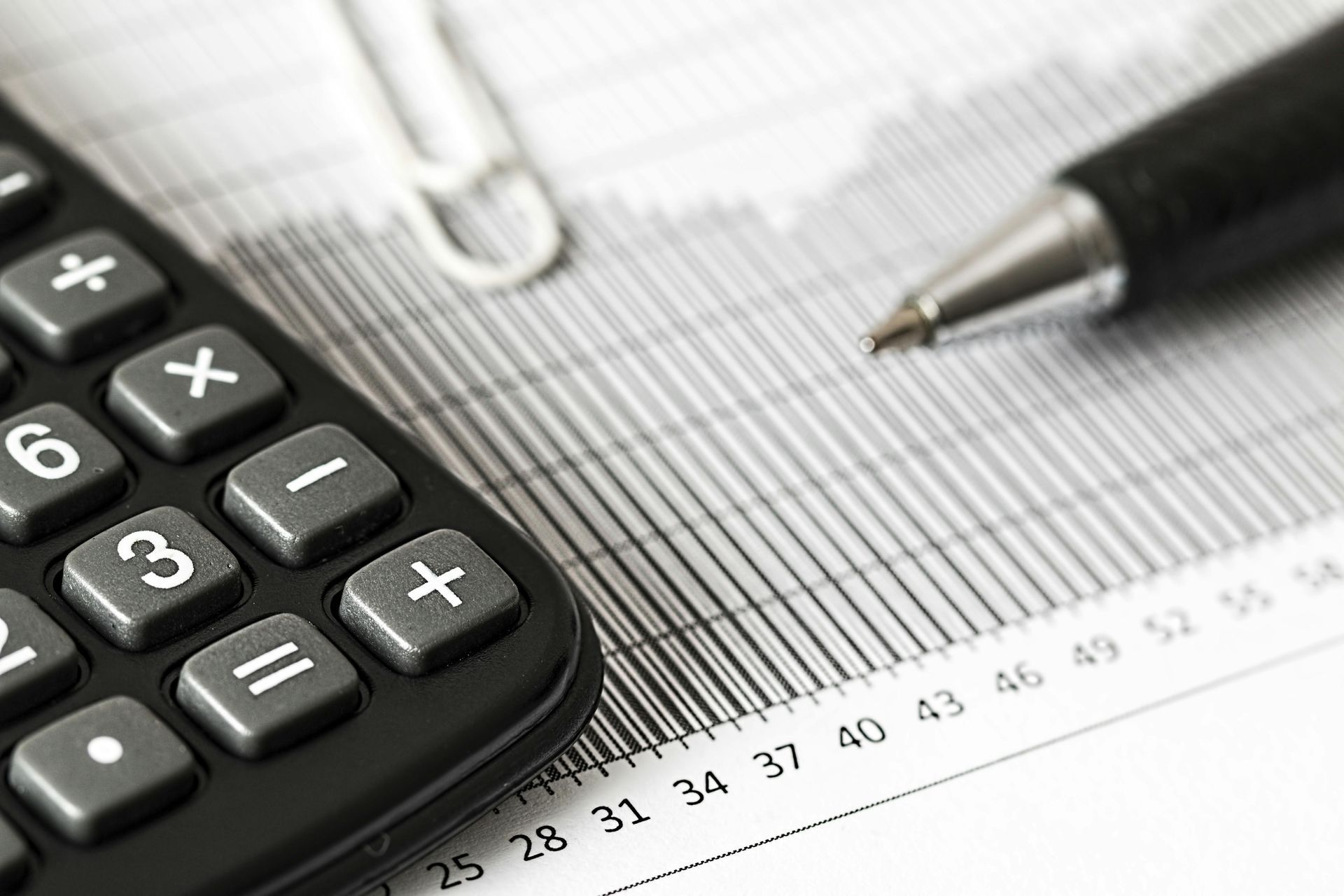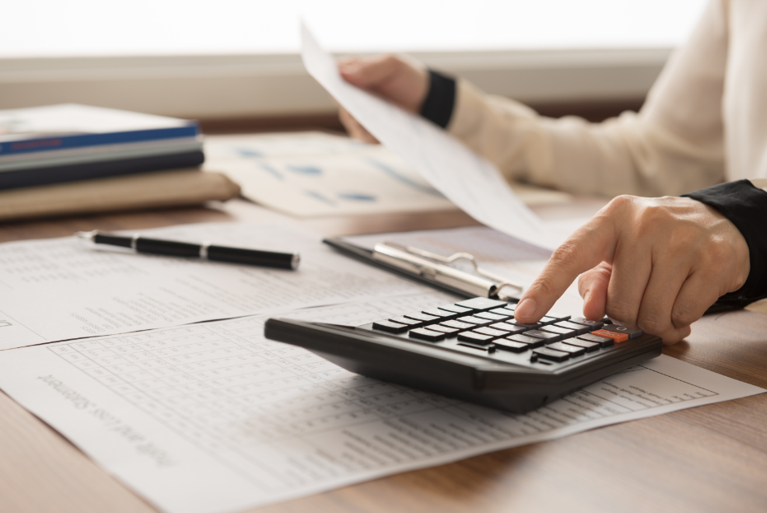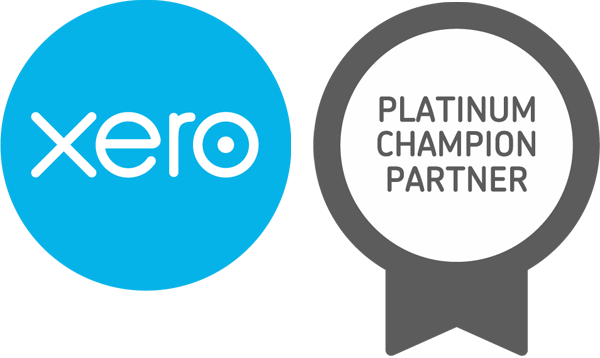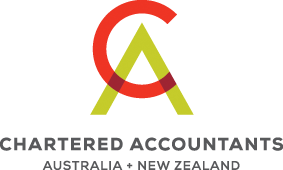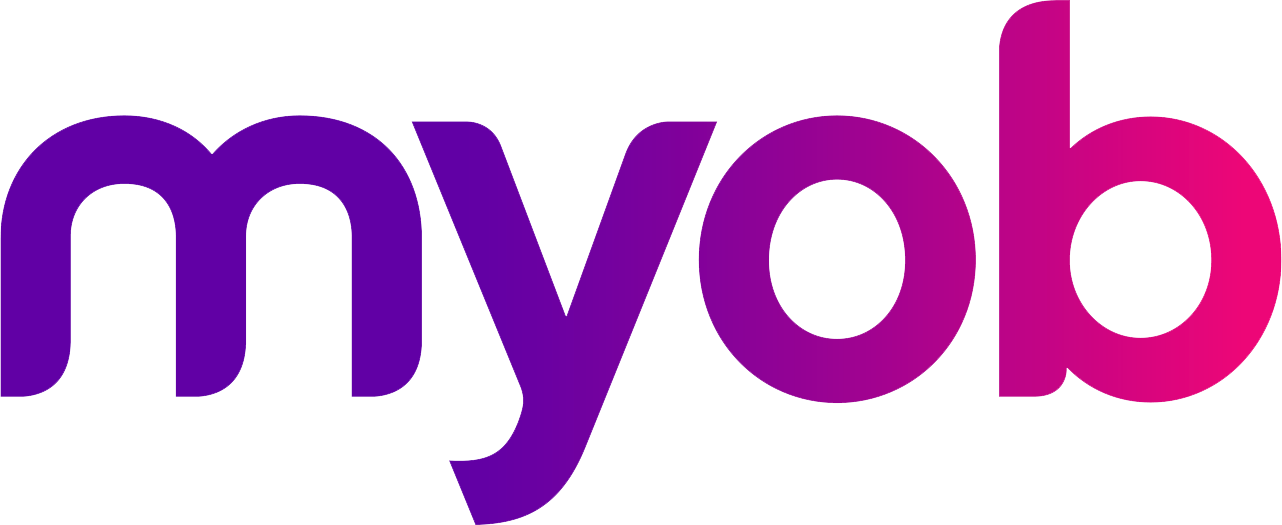The Proposed Tax on $3m Super Balances
Individuals with large superannuation balances may soon be subject to an extra 15% tax on earnings if their balance exceeds $3m at the end of a financial year.
What has been proposed?
Recently, the Government announced it would introduce an additional tax of 15% on earnings for individuals whose total superannuation balance (TSB) exceeds $3m at the end of a financial year.
Those affected would continue to pay a 15% tax on any earnings below the $3m threshold but will also pay an extra 15% on earnings for balances over $3m.
The proposal will not impose a limit on superannuation account balances in the accumulation phase, and rather it is about how generous the tax concessions are on higher balances.
The Government has confirmed the changes will not be applied retrospectively and will apply to future earnings, coming into effect from 1 July 2025. This means your balance in superannuation on 30 June 2026 is what matters initially.
What counts towards the $3m threshold?
The $3m threshold is based on your TSB and includes all your superannuation accounts. This includes your accumulation and pension accounts and all superannuation funds you may have (such as your SMSF and any APRA-regulated superannuation funds you have).
Further, the $3m threshold is per member, not per superannuation fund. This means a couple could have just under $6m in the superannuation/pension phase before being impacted by the proposals.
How will earnings be calculated?
Put, the extra 15% tax is unrelated to the actual taxable income generated by your superannuation fund. Instead, it is a tax on earnings or increases in account balances over $3m (including unrealised gains and losses).
This means any growth in balances will include anything that causes your account balance to go up – such as interest, dividends, rent, and capital gains on assets that have been sold, including any notional or unrealised gains on assets that increase in value, even if your fund hasn’t sold them.
Apart from the extra 15% tax, the taxation of unrealised gains has caused a stir, as currently, individuals do not pay tax on income or capital gains on assets that have not been sold.
When looking at how to capture growth in a person’s TSB over a financial year, earnings will be calculated based on the difference in TSB at the start and end of the financial year. They will be adjusted for withdrawals and contributions.
It is also worth noting that negative earnings can be carried forward and offset against this tax in future years’ tax liabilities.
How is the extra 15% tax calculated?
Superannuation funds, including SMSFs, will not be required to calculate the earnings attributable to a member’s balance above $3m.
Instead, the ATO will use a three-step formula to calculate the proportion of total earnings, which will be subject to the additional 15% tax.
How will the extra tax be paid?
The ATO will notify individuals of their liability to pay the extra tax. This means the ATO will issue members with a tax assessment, not their superannuation fund.
Individuals can either pay the tax themselves or from their superannuation fund(s) (if they have multiple funds).
The tax will be separate from the individual’s personal income tax liabilities.
Don’t fret just yet
The measure will start on 1 July 2025, so superannuation funds and members still have time to consider their options.
Remember, this measure is still a proposal and must be passed into legislation by Parliament to become law. So don’t rush to remove benefits below the $3m limit just yet, as once amounts have been withdrawn from superannuation, it’s hard to get them back in.
